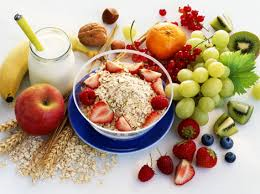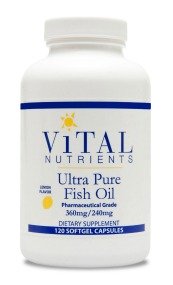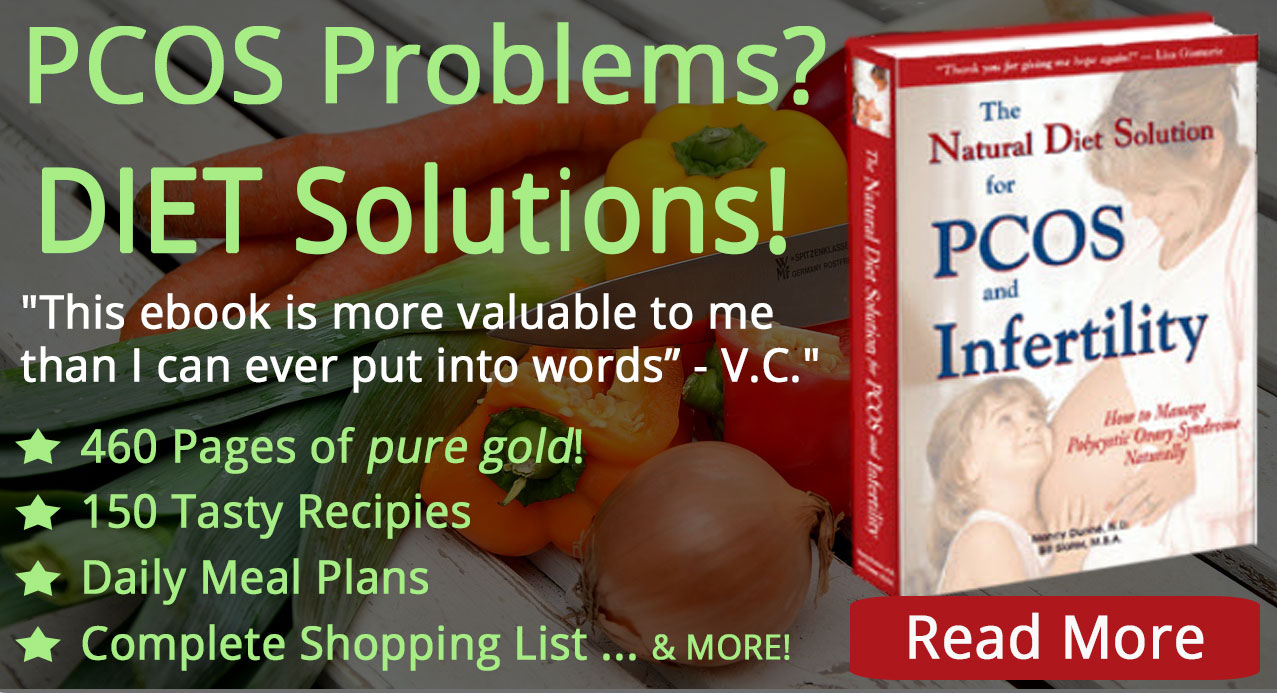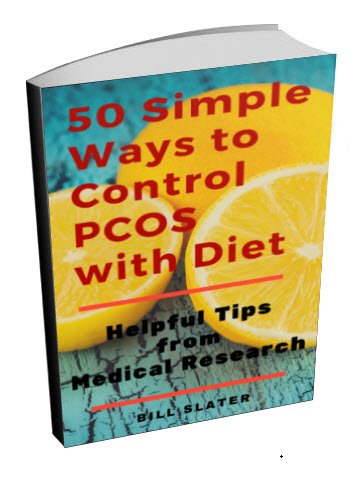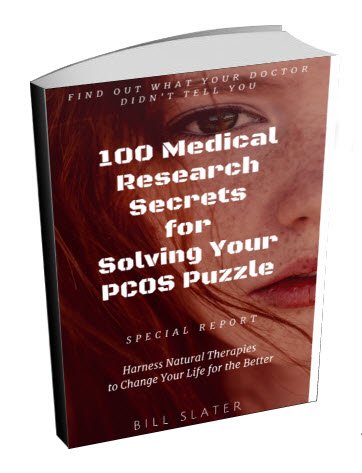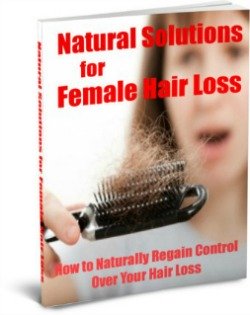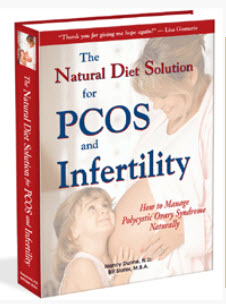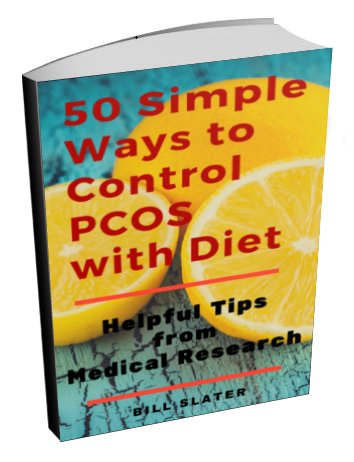How to Reduce Acne with the PCOS Diet
Acne is one of several troubling aspects of PCOS.
Fortunately, several medical studies of men with this condition have shown that dietary modifications can substantially reduce this problem.
Free PCOS Newsletter
One study at RMIT University in Australia showed that patients on a "low glycemic load" diet for 3 months had twice the rate of reduction of skin lesions as compared to those who did not consume this diet.
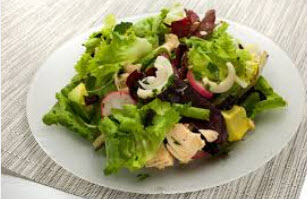
A more recent study from the same university showed that male acne sufferers on a "low glycemic load" diet had metabolic improvements within seven days. Their insulin function improved and their sex hormone binding globulin levels (SHBG) increased.
Poor insulin function and low SHBG levels are problems for women with polycystic ovary syndrome because they lead to numerous symptoms including pimples.
If you're wondering what a "low glycemic load" diet is, we have the answer. Chapter 4.2 in The Natural Diet Solution for PCOS and Infertility tells you exactly what the glycemic load is.
In fact, the entire diet described in this e-book is a low glycemic load diet. So if you eat a diet like this, you will automatically be consuming a low glycemic load diet.
Bread and Refined Carbs May Lead to PCOS and Acne
There is a link between your skin condition and what you eat.
Eating highly processed, easily digestible foods such as refined breads and cereals causes an undesirable chain reaction in your body. First, there is an increased amount of sugar. In turn, this excess sugar forces your body to produce high levels of insulin and insulin-like growth factor (IGF-1).
Elevated insulin levels lead to an excess of masculinizing hormones, which cause pores in your skin to secrete sebum, a greasy substance that attracts inflammation-promoting bacteria in your hair follicles. In addition, IGF-1 promotes the multiplication of skin cells known as keratinocytes, a process associated with acne.
Previous evidence has shown a link between insulin or IGF-1 and pimples. It has been found that when IGF-1 is used to treat certain illnesses, masculinizing hormones increase, followed by acne.
On the other hand, when women with PCOS were treated with the insulin-reducing drug metformin, skin eruptions were reduced. Moreover, many women with this problem overproduce insulin and IGF-1, researchers say.
If you have this skin disorder, a low refined carbohydrate, low-glycemic diet may be appropriate. Modern food processing methods may alter the protein structures in the grains, leading to faster digestion followed by excess releases of insulin.
Got Milk? Get Acne!
In addition to avoiding refined carbohydrates and highly processed foods, a recent report suggests that you may also think about how much milk you are consuming.
Pimples may be caused in large part by the male hormone 5alpha-dihydrotestosterone, which turns on oil-making cells in the skin of both men and women. Cow’s milk contains 5 alpha-reduced steroids and other hormones that can be broken down to dihydrotestosterone. The enzymes necessary to convert the hormones to dihydrotestosterone are present in your oil glands.
These hormones in cow’s milk are particularly high in pregnant cows, which make up 75%-90% of the dairy milk market. High milk intake has been shown to increase blood levels of insulin-like growth factor-1 (IGF-1). High IGF-1 levels are believed to promote acne through hyperkeratinization, a multiplication of skin cells associated with acne.
The Problem with IGF-1
1) IGF-1 stimulates cell division and retards cell death. Therefore, it is a supporter of cancer growth.
2) IGF-1 in milk appears to increase your insulin levels and possibly increases IGF-1 production inside your body. Excessively high insulin levels are a huge problem for women with PCOS, resulting in a condition called "insulin resistance." Insulin resistance in turn is a driving force behind infertility, weight gain, and all the other symptoms of polycystic ovarian syndrome.
3) IGF-1 stimulates an enzyme called 5alpha-reductase. 5alpha-reductase in turn stimulates the production of DHT (dihydrotestosterone). DHT is thought to be the #1 cause of acne, hirsutism, and hair loss.
4) IGF-1 stimulates production of male hormones by your ovaries and adrenal glands. This is exactly what you don't want to happen. Your male hormone levels are already too high.
5) Increased IGF-1 levels during pregnancy may unfavorably affect the "fetal programming" of the baby that is developing in your uterus. There may be future health consequences for your child.
Milk Has 5-alpha P - Not a Good Thing!
Milk has another problematic compound called 5alpha-P. 5alpha-P is converted into DHT, which in turn worsens acne, hirsutism and hair loss.
5alpha-P also appears to make you more sensitive to estrogen. Many women who have PCOS also have a condition called "estrogen dominance", where they have too much estrogen in relation to progesterone.
So, if you have too much "unopposed" estrogen and if 5alpa-P makes you more sensitive to estrogen, you open yourself up to increased risk of estrogen-related disorders such as endometriosis, endometrial cancer, and breast cancer.
Medical Study Links Dairy to Acne
In a study of 6,500 adolescent offspring from the Nurses’ Health Study II, results showed a significant positive association between milk consumption and acne. The relationship was independent of the fat content of the milk.
Other foods with a positive association included milk-based instant breakfast drinks, sherbet, cottage cheese and cream cheese, but not other dairy foods or foods such as french fries, chocolate candy or pizza.
According to Dr. William Danby, a dermatologist who spoke at the Atlantic Dermatological Conference, “Milk is designed to make things grow. Human beings are the only animal to continue to drink milk beyond infancy, and it is not even the milk of our own species. Young growing humans need milk from pregnant cows just as much as young growing cows need milk from pregnant humans - not at all.”
Many women attempt to minimize PCOS symptoms by reducing the carbohydrate content of their diet and by increasing dairy consumption, since dairy is high in protein and has no carbs. This article suggests that milk products may not give you the results you're looking for.
We suggest you increase consumption of fresh vegetables and get some of your animal protein from fish, poultry and egg whites. Refined grain and dairy products are ubiquitous and convenient. But they are not necessarily healthy.
This is only the tip of the iceberg regarding milk. If you have a copy of The Natural Diet Solution for PCOS, have a look at chapter 5.2 ("The Problem with Milk") for more information.
Some Fats Reduce Acne
Does eating fatty foods contribute to this skin problem? The answer is both "yes" and "no". It depends on what kind of fats you're consuming.
We have a complete review of good and bad dietary fats in our diet e-book.
Here we'll just talk about two of the dietary fats, called "omega-6" and "omega-3". You need a balance of these two fats in order to avoid a host of chronic health disorders. Before modern foods were invented, the ratio of omega-6 to omega-3 fats was 1:1. In other words, your ancestors consumed an equal amount of each fat in their diet.
Unfortunately, the typical western diet gives you a very unbalanced and unhealthy ratio of these fats. The current omega-6 to omega-3 fat ratio in the western diet can be as high as 20:1, meaning that we consume twenty times as much omega-6 as omega-3 fats.
The consequences are health problems of all kinds.
A diet high in omega-3 fats may help to prevent skin-related disorders. They inhibit the clumping of cells in hair follicles, which can plug up the follicle and lead to acne.
In contrast, some omega-6 fats can be metabolized into an inflammatory substance called LB4. High levels of LB4 are associated with acne.
Omega-6 fats are commonly found in vegetable oils, margarine and refined convenience foods of all kinds.
Where can you get more of the beneficial omega-3 fats in your diet? Good sources are cold water fish, wild game and some vegetables such as greens. A very convenient source is cod liver oil.
However, some people object to eating fish or dislike the fishy taste of
cod liver oil. In this case, the most convenient source is capsules of
highly concentrated fish oil called "EPA/DHA.".
EPA/DHA fish oil
capsules combined with the dietary guidelines described on our diet
e-book provide a good foundation for reducing the risk of developing
acne.
Related Articles
Get Answers to your Questions about
- Fertility
- Weight Control
- Hair Loss
- Stress
- Unwanted Hair
- Acne...and more!
FREE PCOS Report
and Newsletter
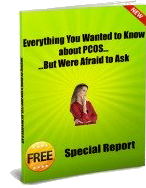
Your email is safe with us. We respect your privacy, and you may unsubscribe at any time.
Recent Articles
-
PCOS Long Journey to The Happy End
Apr 30, 18 07:24 PM
Hi Girls, Maybe my story will have one day a good end but I am not there yet. Until I was 31 years old I lived my dream, having lovely husband, good -
PCOS and Miscarriage
Apr 17, 18 04:03 PM
Proper diet and natural supplements can help the body maintain a pregnancy through successful delivery.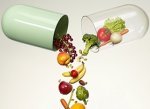
-
How to Deal with PCOS and Stress
Apr 04, 18 04:19 PM
Your body has a natural capacity to heal itself if you provide it with the necessary tools.